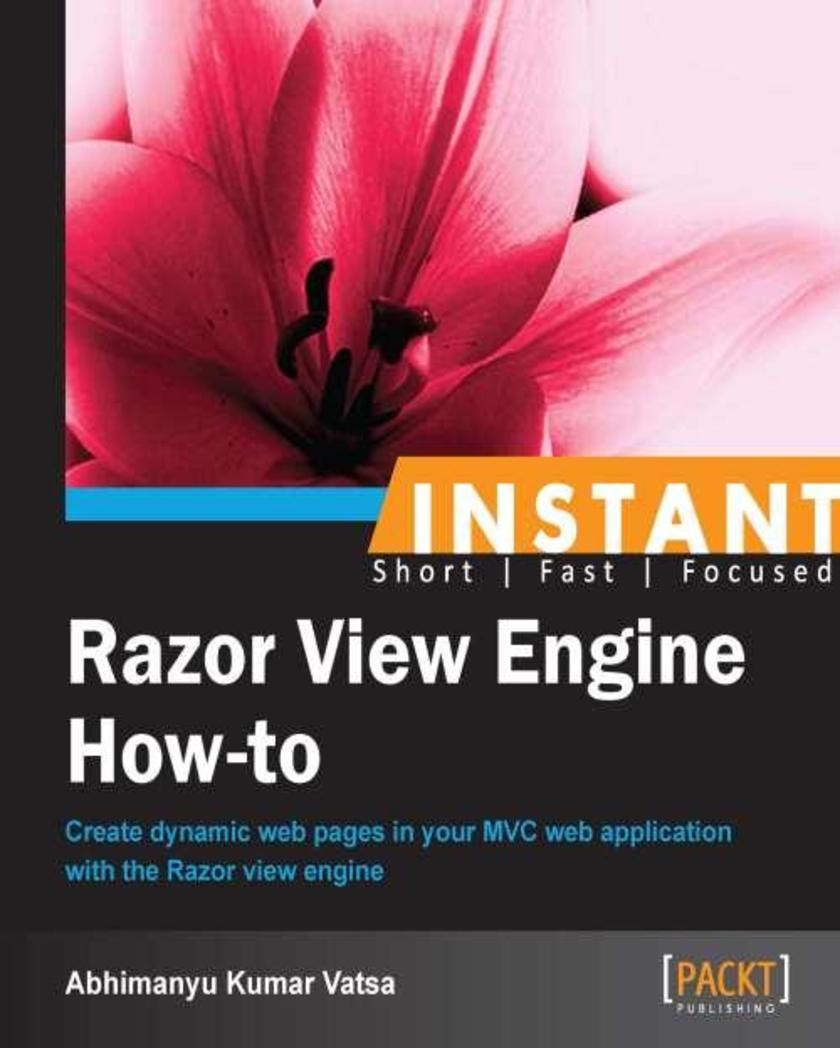
Instant Razor View Engine How-to
¥45.77
Filled with practical, step-by-step instructions and clear explanations for the most important and useful tasks. This is a Packt Instant How-to guide, which provides concise and clear recipes for configuring RazorView and working with its syntax and view types.This book is for developers who are looking for alternate ways to simplify web application development.
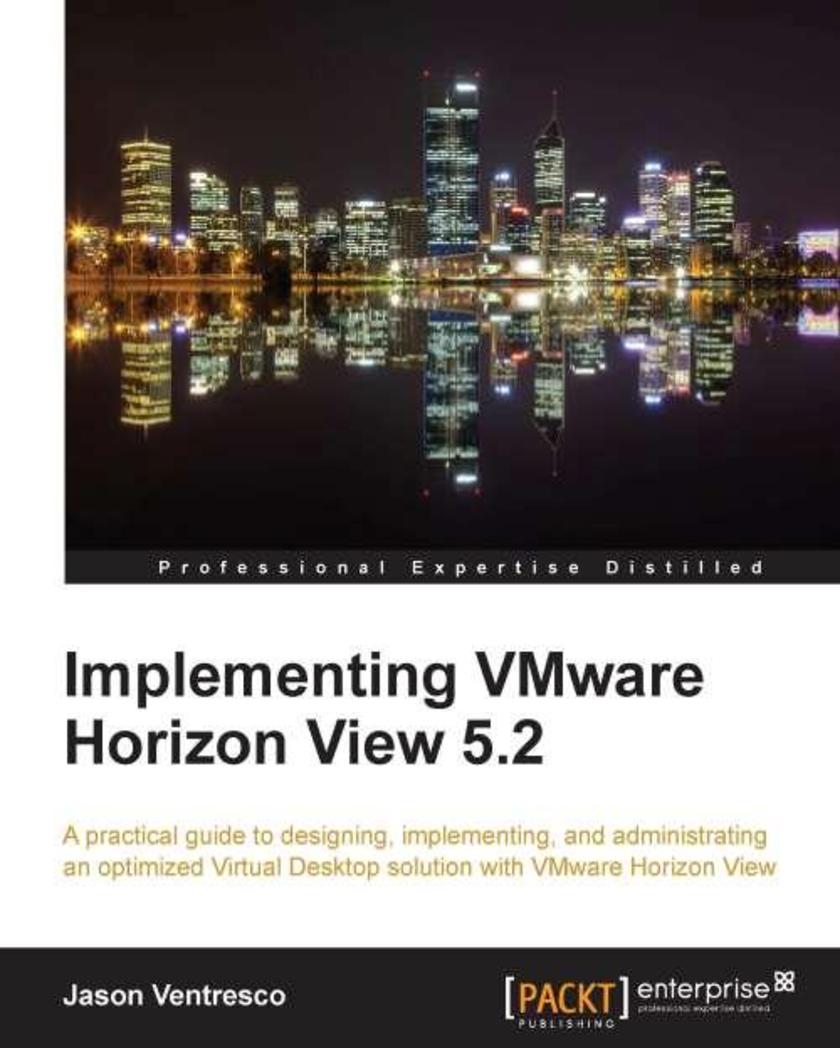
Implementing VMware Horizon View 5.2
¥90.46
A step-by-step tutorial covering all components of the View Horizon suite in detail, to ensure that you can utilize all features of the platform, and discover all of the possible ways that it can be used within your own environment.If you are a newcomer in system administration, and you wish to implement a small to midsized Horizon View environment, then this book is for you. It will also benefit individuals who wish to administrate and manage Horizon View more efficiently or are studying for the VCP5-DT.
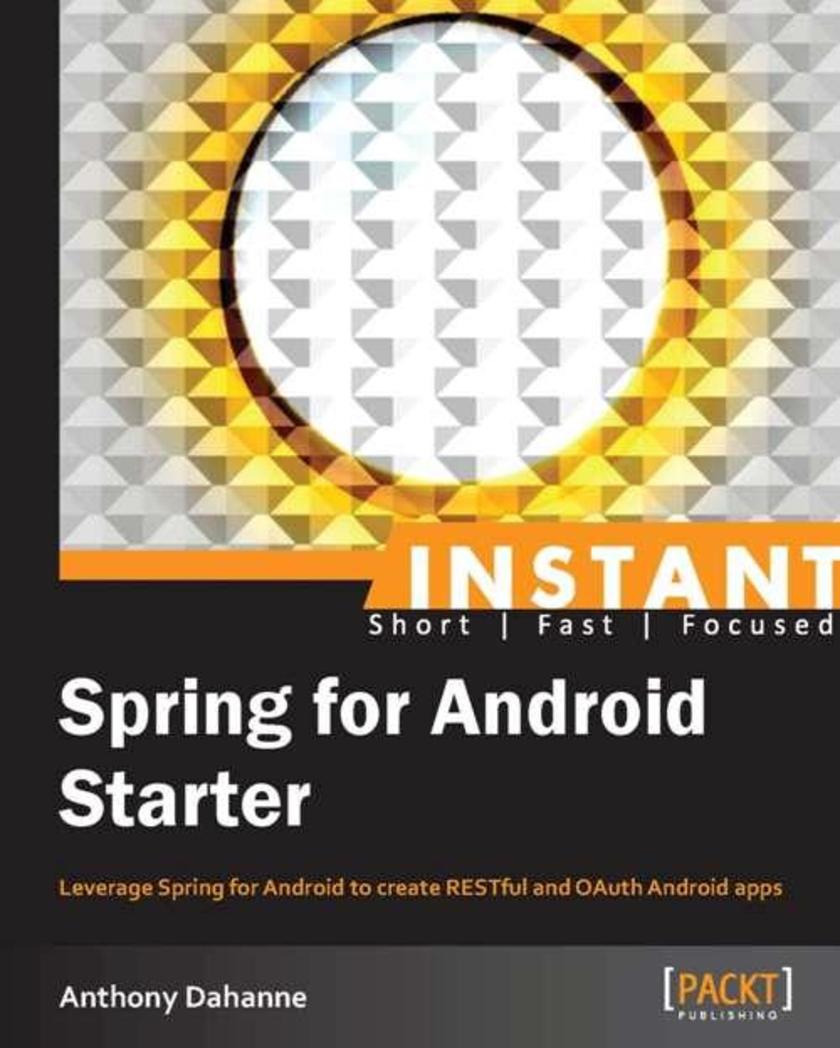
Instant Spring for Android Starter
¥45.77
Get to grips with a new technology, understand what it is and what it can do for you, and then get to work with the most important features and tasks. This is a Starter which gives you an introduction to Spring for Android with plenty of well-explained practical code examples. If you are an Android developer who wants to learn about RESTful web services and OAuth authentication and authorization, and you also want to know how to speed up your development involving those architectures using Spring for Android abstractions, then this book is for you. But core Java developers are not forgotten, thanks to the explanations on how to set up Eclipse and Maven for Android development (very basic knowledge regarding Android UI design is required to understand the examples; the right pointers to ramp up on this topic are provided though).

Instant RaphaelJS Starter
¥41.41
Get to grips with a new technology, understand what it is and what it can do for you, and then get to work with the most important features and tasks. Starter Guide This book is great for developers new to Vector graphics in browsers (SVG and VML), and who are looking to get a good grounding in how to use Raphael JS to create imageless and fast loading interactive drawings and shapes, in a web browser. It’s assumed that you will have some experience in HTML JavaScript or jQuery already.
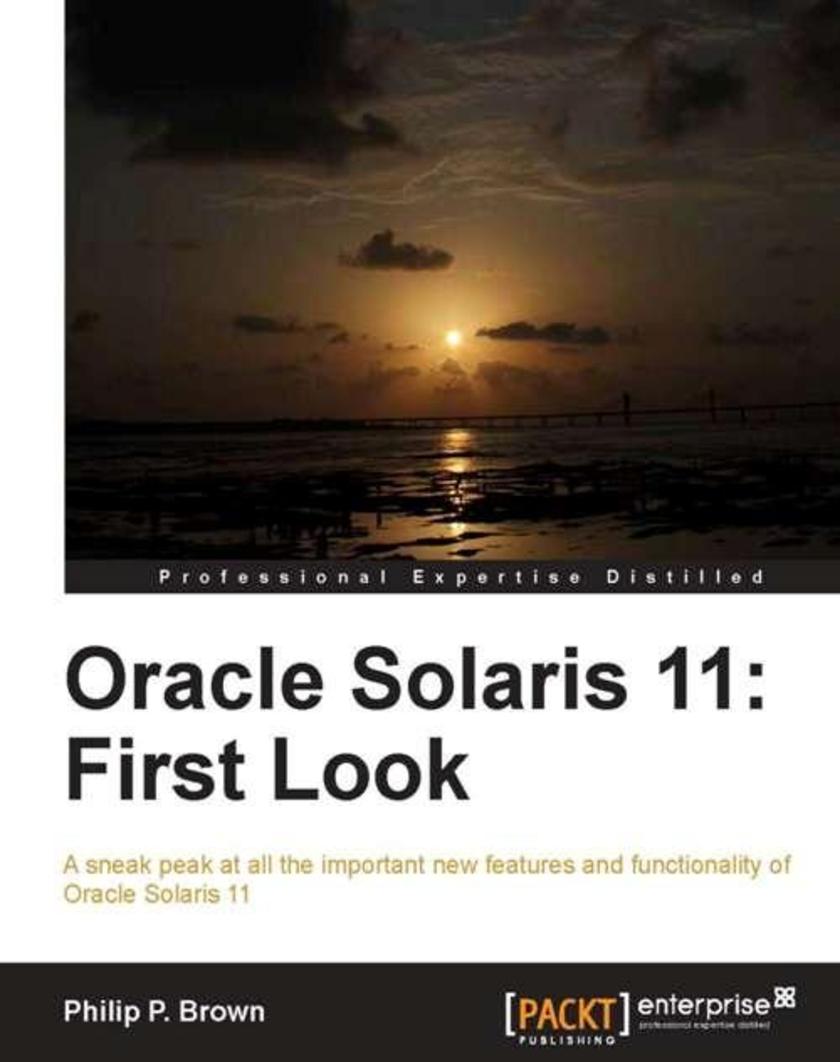
Oracle Solaris 11: First Look
¥54.49
This book is written in simple, easy-to-understand format with lots of screenshots and step-by-step explanations. If you are a Solaris administrator looking for a step-by-step guide to understand the new features and functionality of Oracle Solaris 11, then this is the guide for you. Working knowledge of Solaris is required.
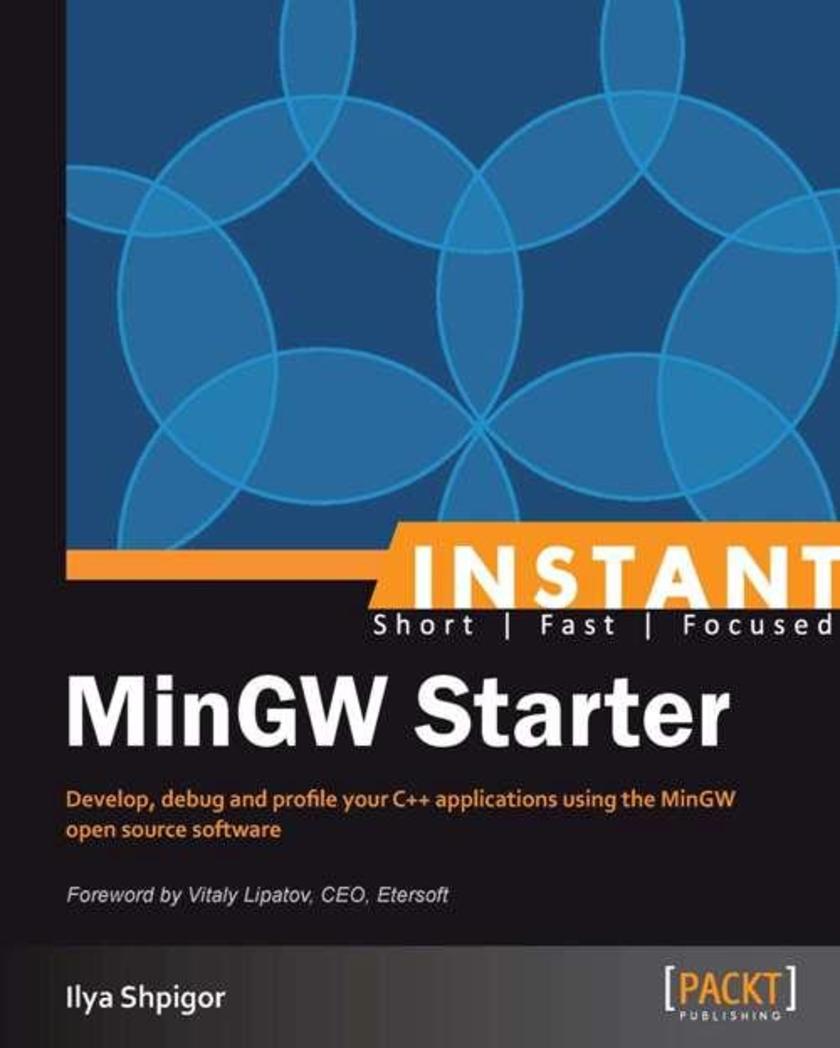
Instant MinGW Starter
¥35.96
Get to grips with a new technology, understand what it is and what it can do for you, and then get to work with the most important features and tasks. This is a Starter guide designed to enable the reader to start using MinGW to develop Microsoft Windows applications as quickly, and as efficiently, as possible. This book is for C and C++ developers who are looking for new and effective instruments to use in application development for Microsoft Windows. No experience of MinGW is needed: this book will guide you through the essentials to get you using the software like a pro in a matter of hours.
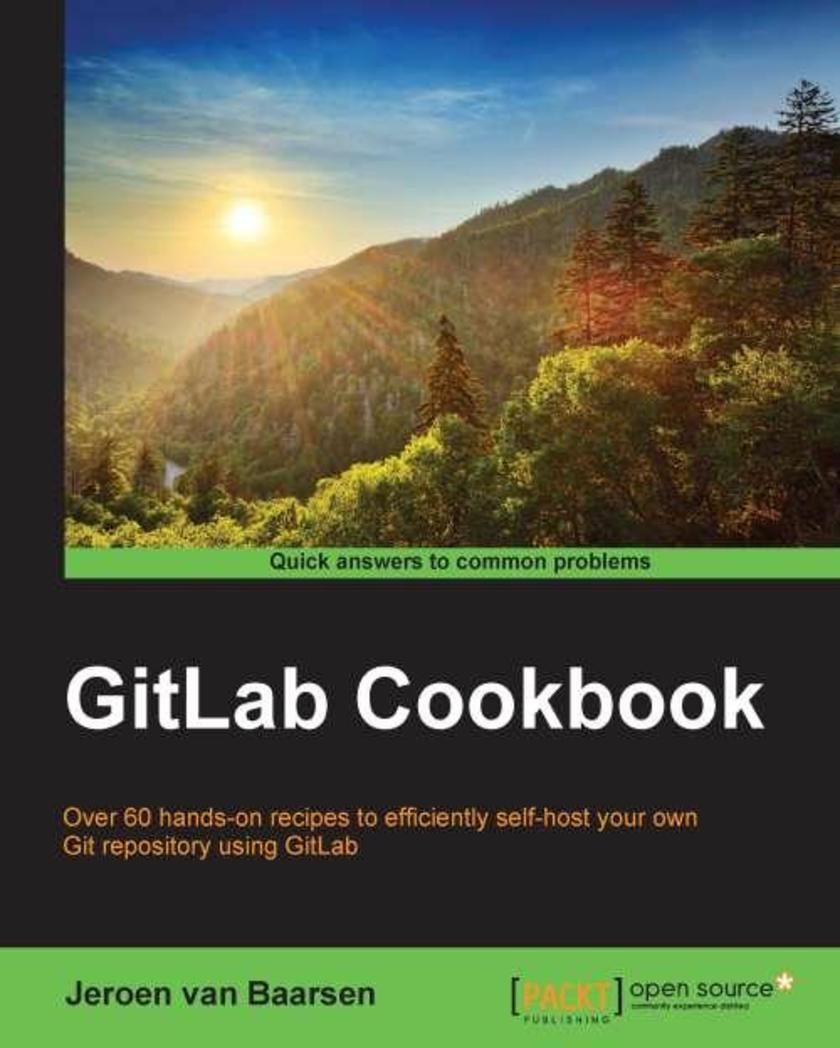
GitLab Cookbook
¥54.49
This book is aimed at developers and devops that have a GitLab server running, and want to be sure they use it to its full potential. This book will also be useful for people looking for a great Git platform, and learn how to set it up successfully. Some system administrating experience on a UNIX-based system would be useful, but is not required.
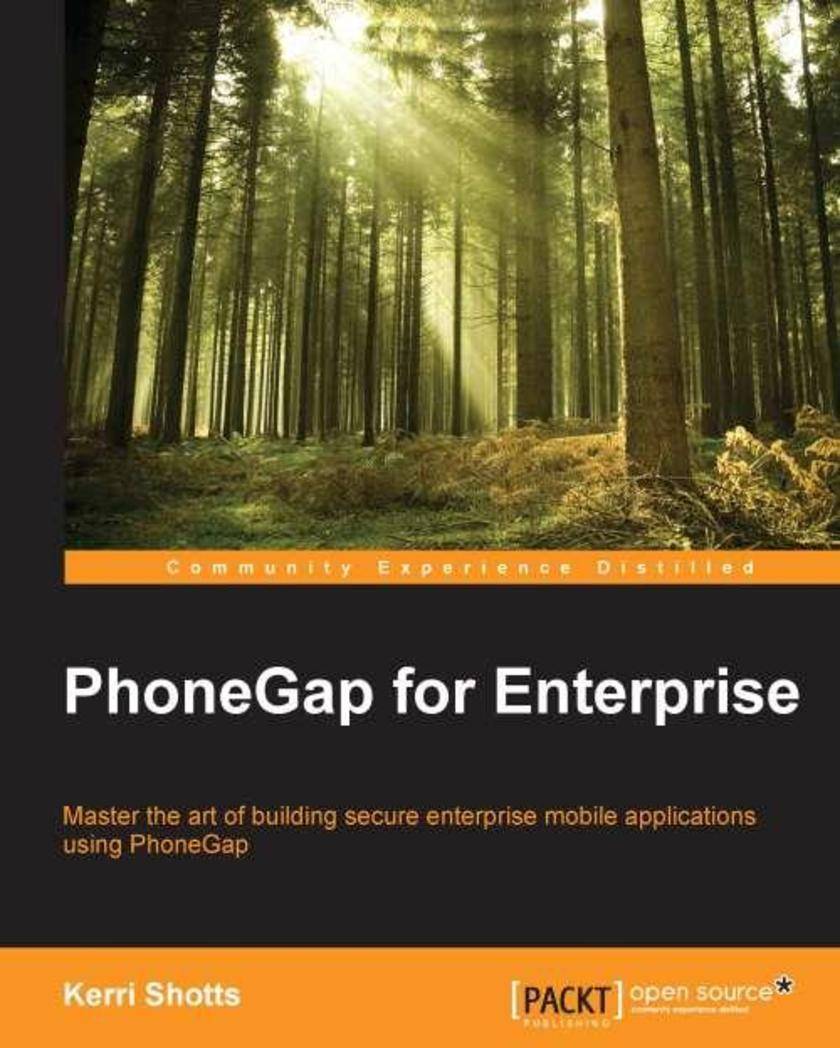
PhoneGap for Enterprise
¥54.49
This book is intended for developers who wish to use PhoneGap to develop useful, rich, secure mobile applications for their enterprise environment. The book assumes you have working knowledge of PhoneGap, HTML5, CSS3, and JavaScript, and a reasonable understanding of networking and n-tier architectures.
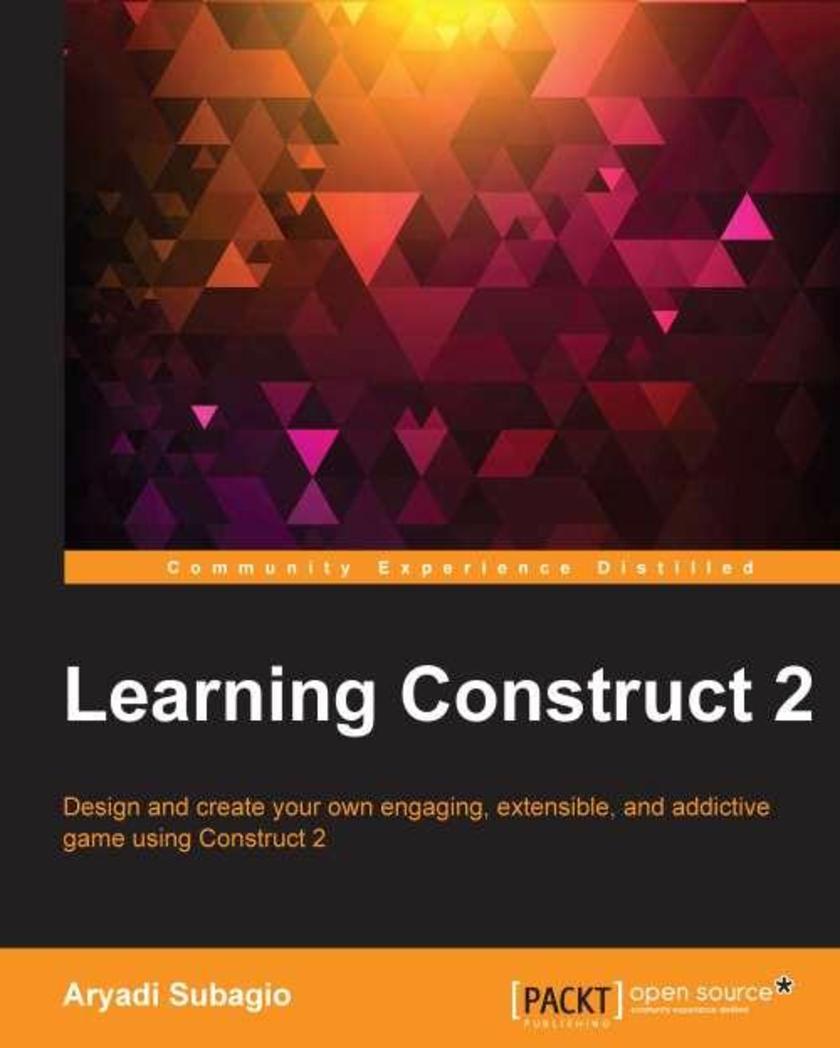
Learning Construct 2
¥80.65
If you want to make your own game but don't know how to start or don't have the technical skills to do it, then this is the book for you. You don't need to have a programming background to understand the concepts explained.

Learning D3.js Mapping
¥45.77
If you are interested in creating maps for the web GIS data, this book is for you. Familiarity with D3.js will be helpful but is not necessary.
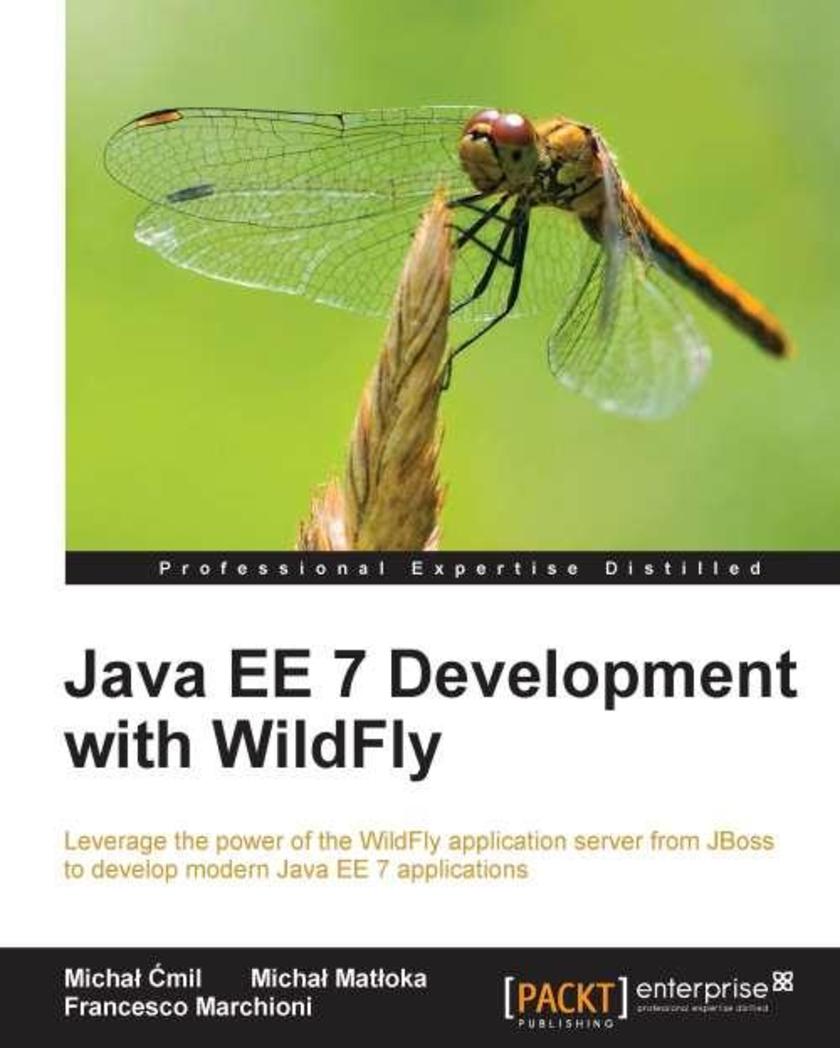
Java EE 7 Development with WildFly
¥90.46
If you are a Java developer who wants to learn about Java EE, this is the book for you. It's also ideal for developers who already have experience with the Java EE platform but would like to learn more about the new Java EE 7 features by analyzing fully functional sample applications using the new application server WildFly.
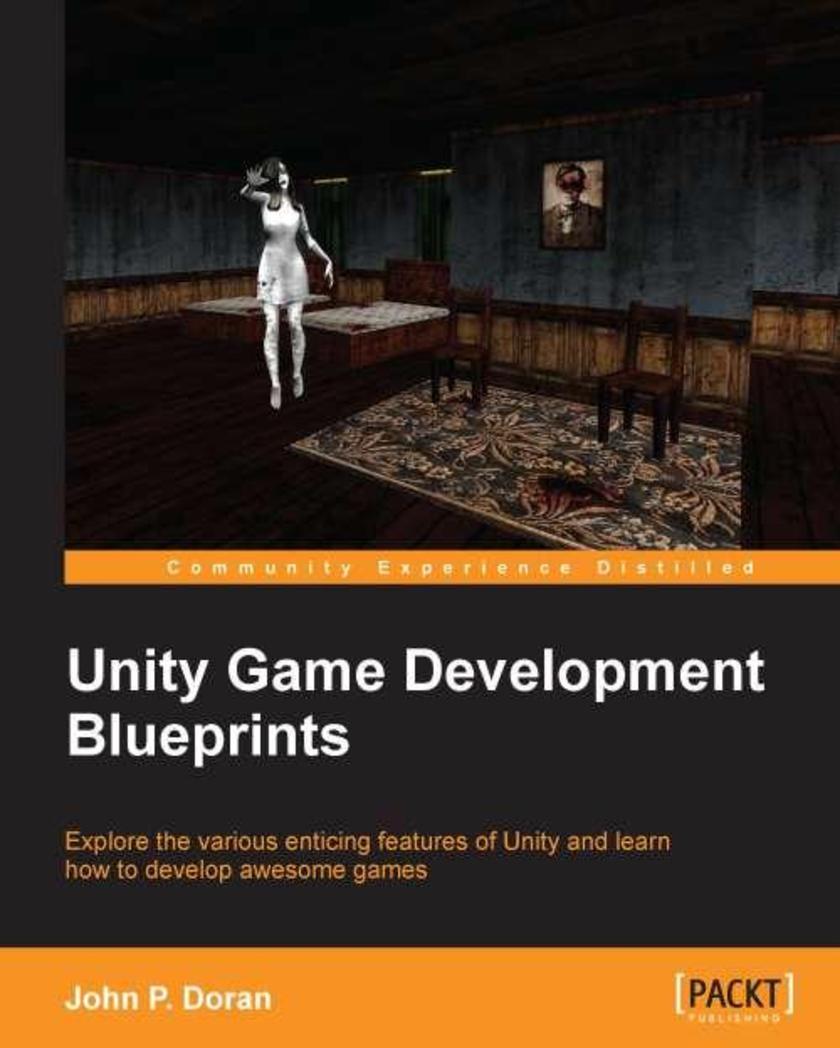
Unity Game Development Blueprints
¥80.65
If you want to build enticing projects with Unity, this book is for you. Readers who are familiar with the basics of how to create simple projects in Unity will have an easier time.
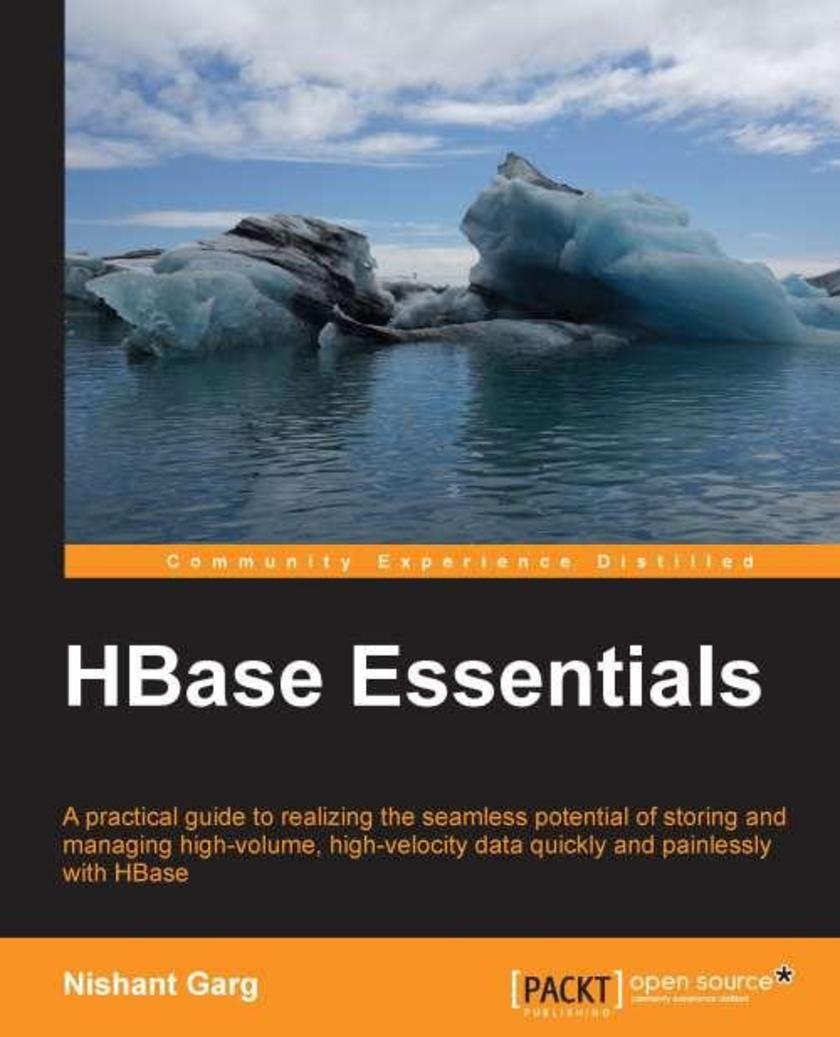
HBase Essentials
¥63.21
This book is intended for developers and Big Data engineers who want to know all about HBase at a hands-on level. For in-depth understanding, it would be helpful to have a bit of familiarity with HDFS and MapReduce programming concepts with no prior experience with HBase or similar technologies. This book is also for Big Data enthusiasts and database developers who have worked with other NoSQL databases and now want to explore HBase as another futuristic, scalable database solution in the Big Data space.

Building Web Applications with ArcGIS
¥45.77
If you are a GIS user or a web programmer, this book is for you. This book is also intended for all those who have basic web development knowledge with no prior experience of ArcGIS and are keen on venturing into the world of ArcGIS technology. The book will equip you with the skills to comfortably start your own ArcGIS web development project.

Flask Framework Cookbook
¥79.56
If you are a web developer who wants to learn more about developing applications in Flask and scale them with industry-standard practices, this is the book for you. This book will also act as a handy tool if you are aware of Flask's major extensions and want to make the best use of them. It is assumed that you have knowledge of Python and a basic understanding of Flask. If you are completely new to Flask, reading the book from the first chapter and going forward will help in getting acquainted with Flask as you go ahead.
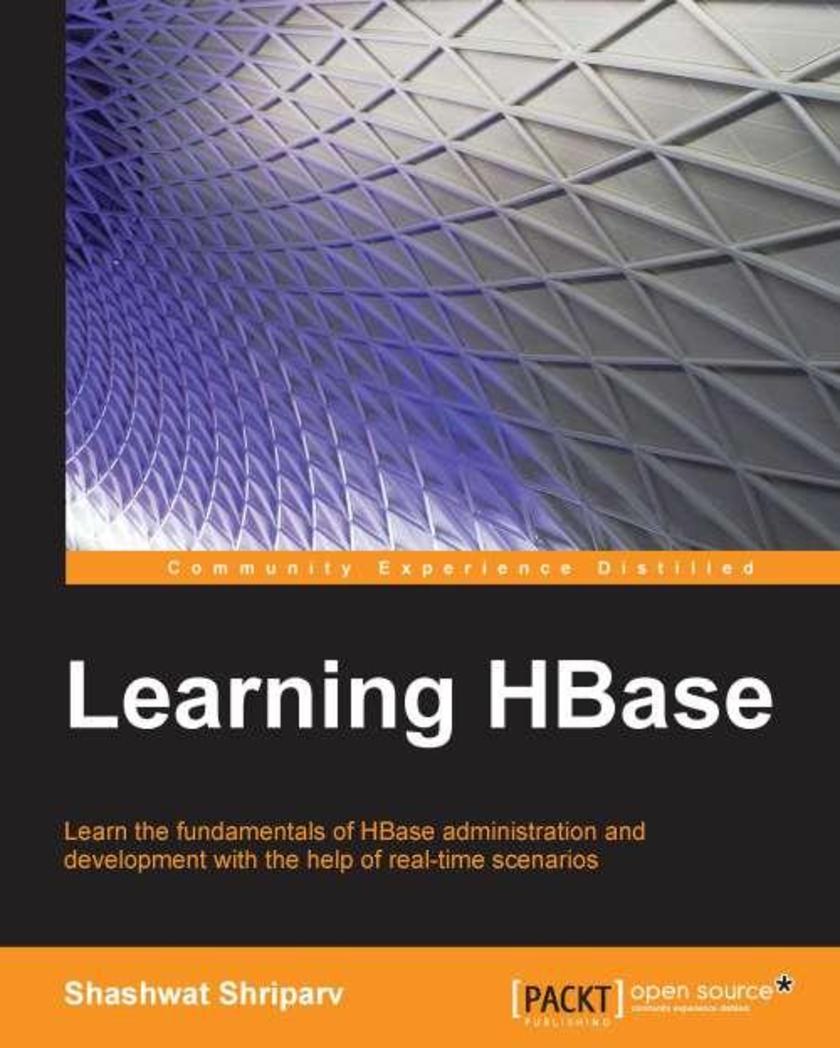
Learning HBase
¥80.65
If you are an administrator or developer who wants to enter the world of Big Data and BigTables and would like to learn about HBase, this is the book for you.
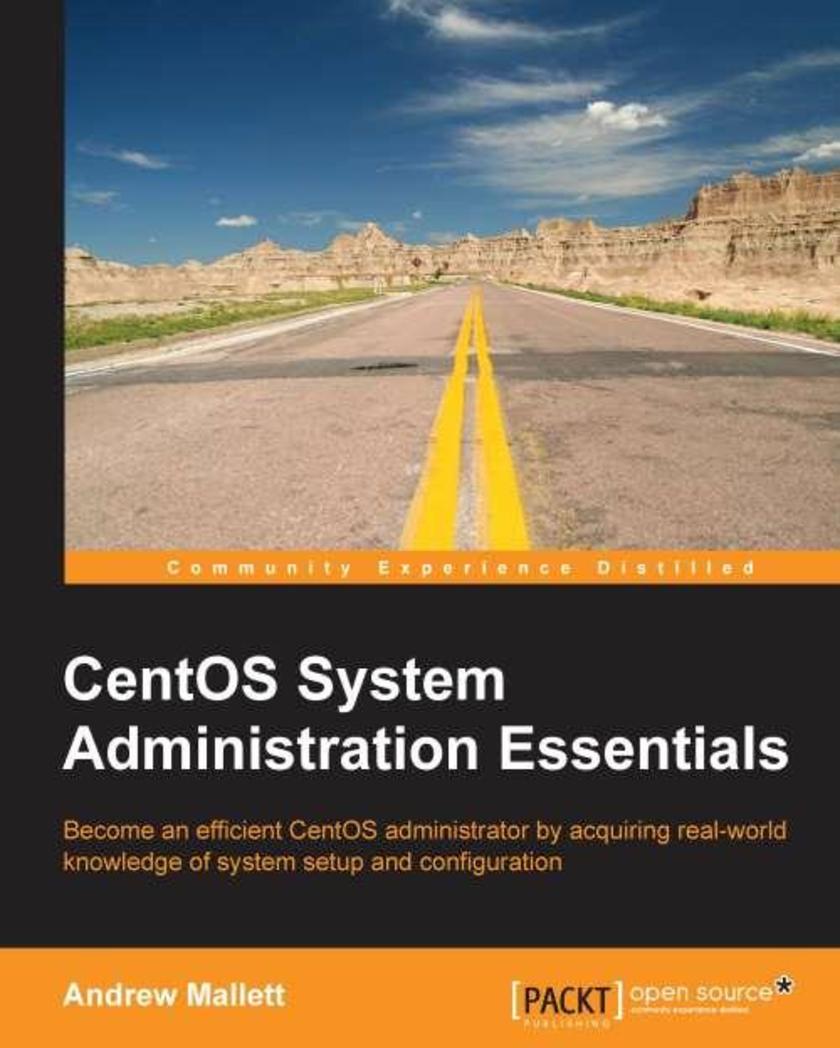
CentOS System Administration Essentials
¥49.04
If you are a Linux administrator who is looking to gain knowledge that differentiates yourself from the crowd, then this is the book for you. Beginners who have a keen interest to learn more about Linux administration will also progress quickly with this resourceful learning guide.
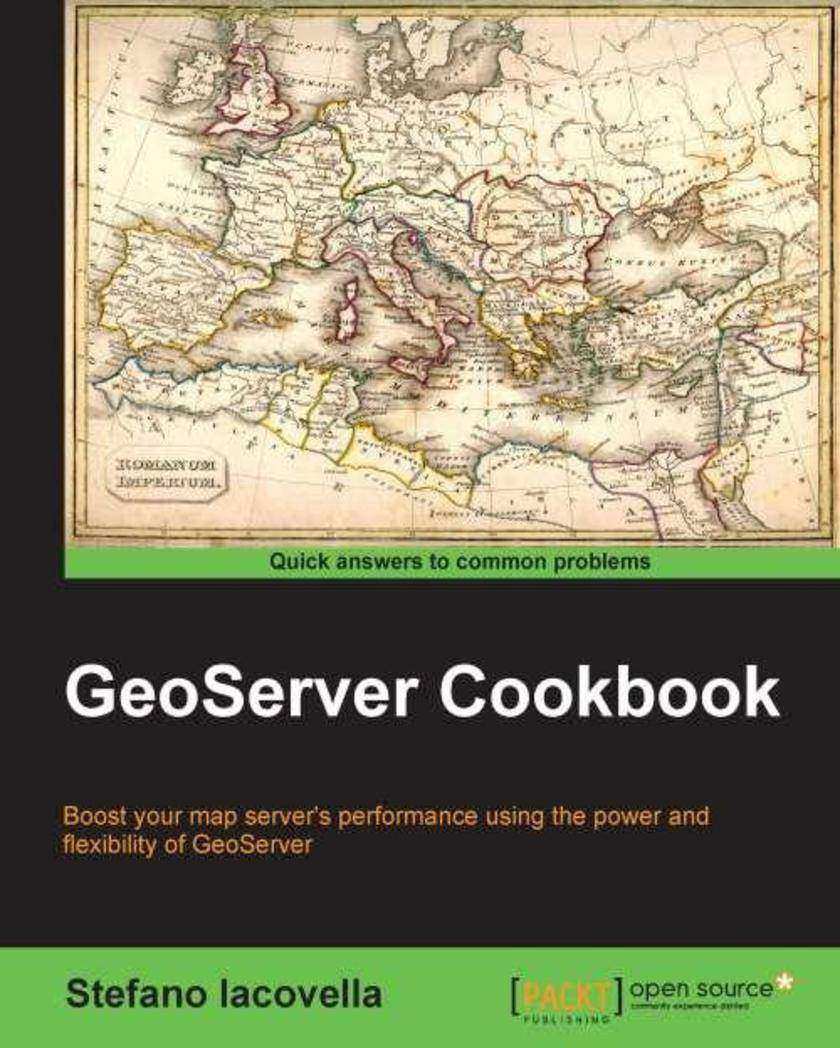
GeoServer Cookbook
¥90.46
This book is ideal for GIS experts, developers, and system administrators who have had a first glance at GeoServer and who are eager to explore all its features in order to configure professional map servers. Basic knowledge of GIS and GeoServer is required.
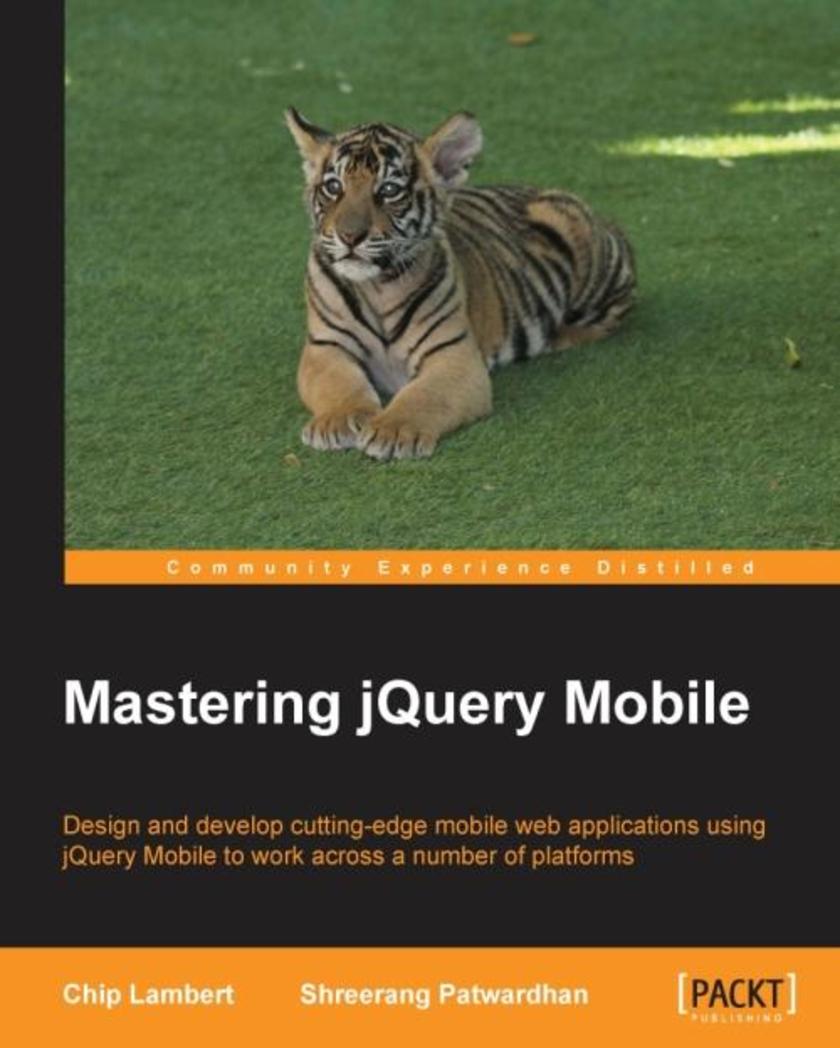
Mastering jQuery Mobile
¥90.46
You've started down the path of jQuery Mobile, now begin mastering some of jQuery Mobile's higher level topics. Go beyond jQuery Mobile's documentation and master one of the hottest mobile technologies out there. Previous JavaScript and PHP experience can help you get the most out of this book.
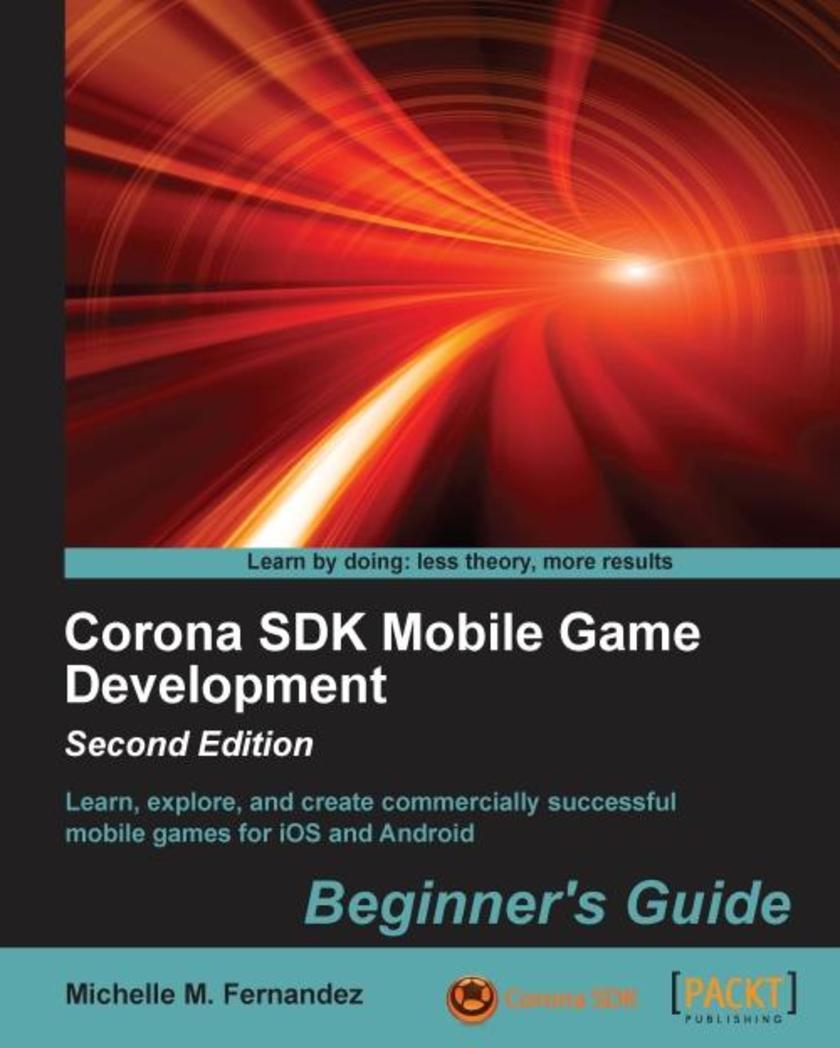
Corona SDK Mobile Game Development: Beginner's Guide - Second Edition
¥90.46
This book is for anyone who wants to have a go at creating commercially successfully games for Android and iOS. You don’t need game development or programming experience.

Creative Greenfoot
¥80.65
This book is for coding students and Java programmers of all levels interested in building engaging, interactive applications with Greenfoot. Familiarity with the very basics of Greenfoot is assumed.




 购物车
购物车 个人中心
个人中心



